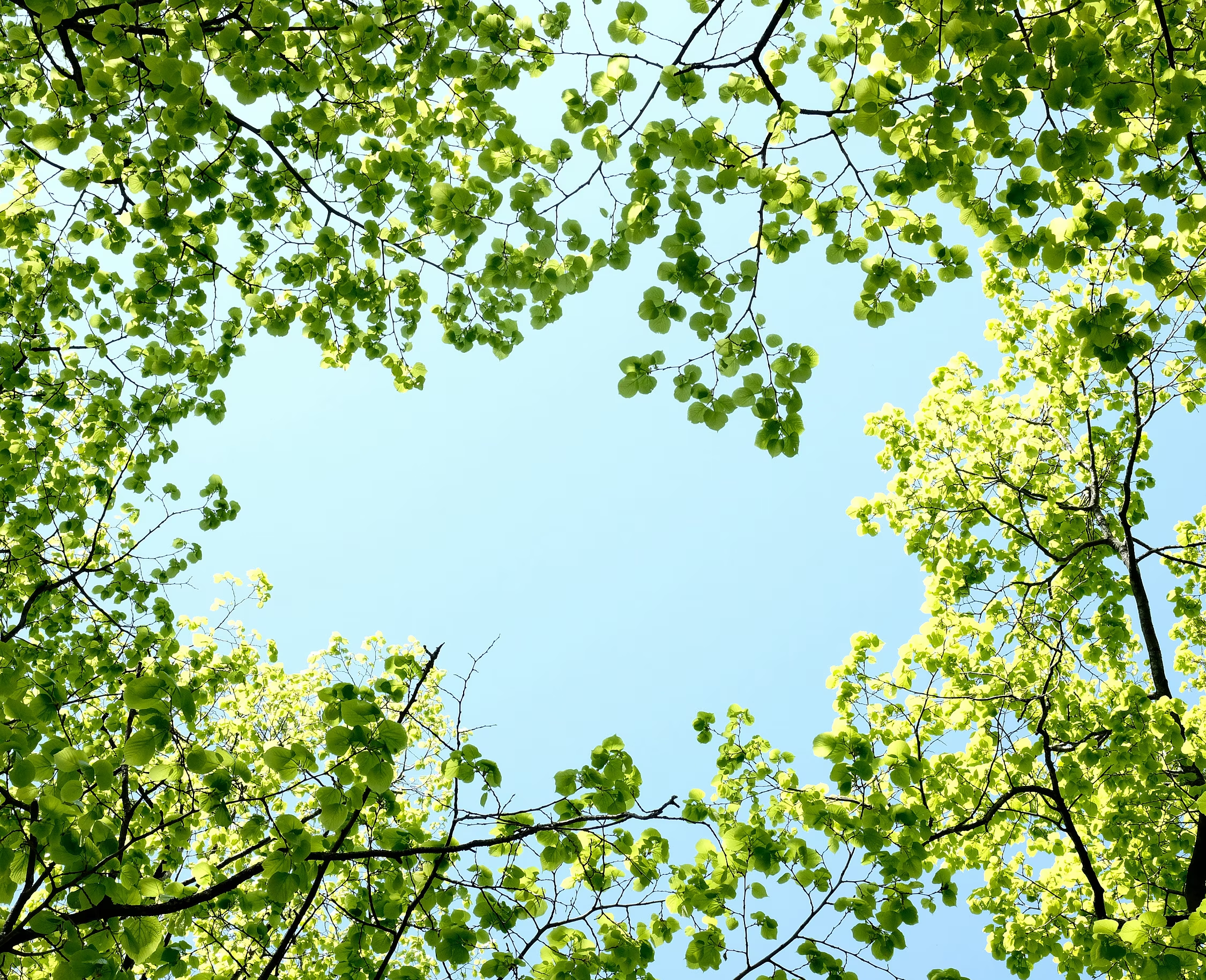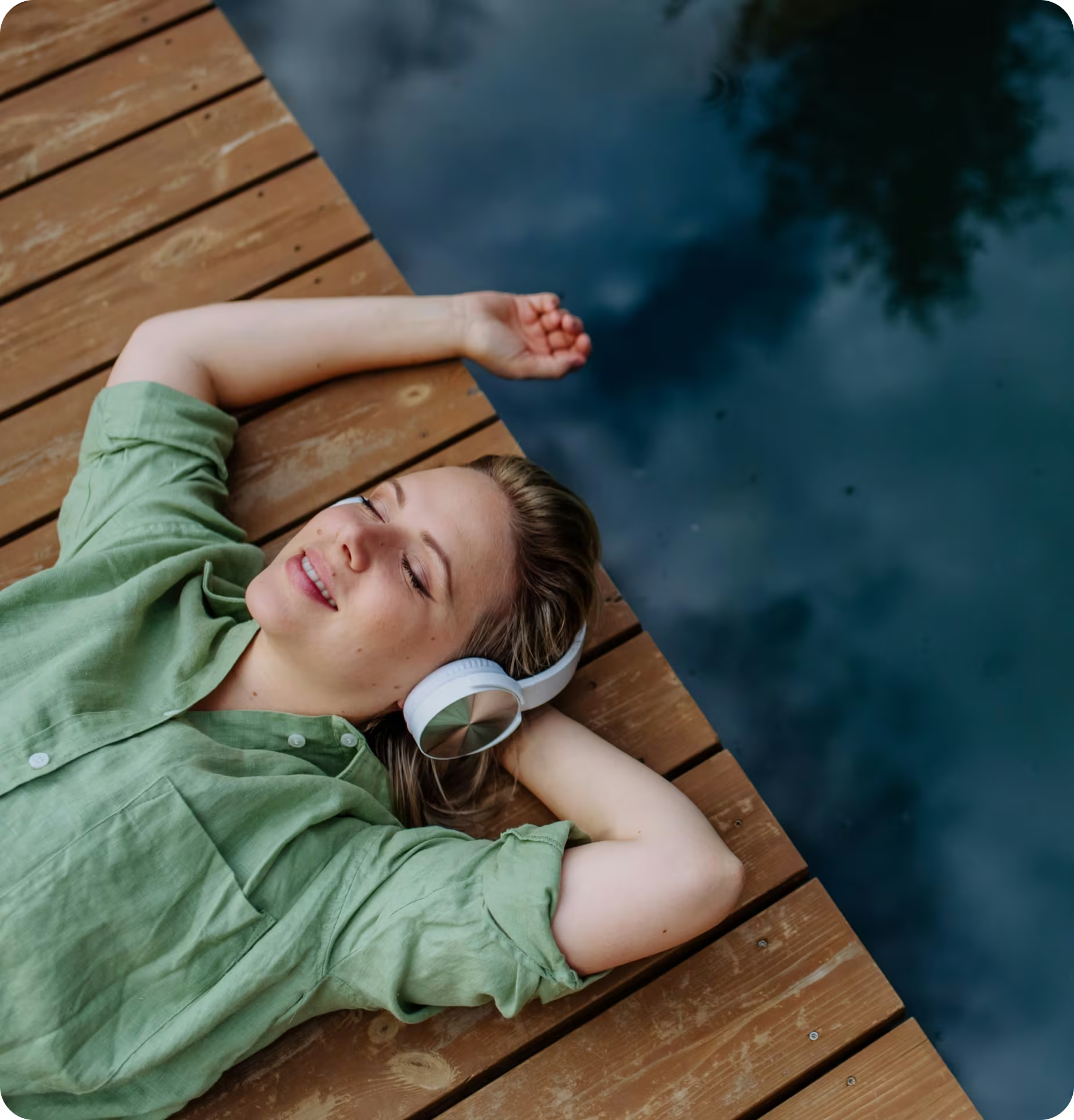
What is active rest and why is it important?
Active rest offers just enough engagement to reset your brain without burning more energy.
Key Takeaways:
- Active rest is gentle engagement, not idleness. It includes low-stakes activities—like walking, doodling, or light chores—that calm the nervous system without complete stillness.
- True rest doesn’t always mean doing nothing. Cognitive science shows that light activity can quiet mental noise more effectively than total inactivity, which often leads to rumination.
- Active rest activates the brain’s default mode network, enabling creativity, emotional processing, and deeper reflection when our focus shifts away from demanding tasks.
- Simple daily practices—like slow-motion chores, tactile creativity, and micro-walks—help restore balance, offering space for awareness rather than achievement.
- Embracing active rest builds presence and resilience. It allows us to reset, renew, and engage the world from a place of calm attention instead of constant striving.
What is active rest?
It sounds like an oxymoron: active rest. Perhaps you’ve heard it called downtime. Others might refer to it (more esoterically) as a liminal state. But active rest is the best way to describe the paradoxical phenomenon of gentle engagement.
When people hear “rest,” they usually think of sleep. Or, at a minimum, lying down. But taking a mental break doesn’t require physical inertia. You can still your mind even as your body is in motion.
Active rest should never be confused with intense activity. It’s a short walk without your phone, doodling with no purpose, or folding laundry while listening to music. You’re moving, noticing, maybe even learning; but all the while, your nervous system is getting a break.
How is it different from doing nothing?
“Rest is not idleness,” Sir John Lubbock wrote in 1894. At the time, rhe renowned English polymath may not have had the luxury of leaning on reams of neuroscience research to back him up, but more than a century later, we now know he was on to something.
Sure, doing nothing can often be restorative for our minds and bodies. But too often, this tranquility is overtaken by malaise, rumination, restlessness, or guilt. William James reflected on the wandering mind in The Principles of Psychology (1890):
“As we take … a general view of the wonderful stream of our consciousness, what strikes us first is this different pace of its parts. Like a bird’s life, it seems to be made of an alternation of flights and perchings … The resting-places … can be held before the mind for an indefinite time … The places of flight … obtain between the matters contemplated in the periods of comparative rest.”
Active rest is a reprieve from your mind’s flights of fancy. It gives your body and brain something light to focus on, without demanding much cognitive effort.
Think of it as “engaged idleness.” You’re still active, but the stakes are low.

Why does your brain need this kind of break?
Cognitive science shows that active rest isn’t wasted—it’s vital to realizing your brain’s full potential. When we pause or daydream, the brain’s default mode network activates, allowing us to recall personal memories, process emotions with moral consequences, imagine the future, and think creatively.
Research has linked periods of spontaneous thought to increased creativity and problem-solving, especially when paired with low-demand tasks like walking or simple chores. Think of active rest as a helpful detour. Even though you may be stepping away from a difficult assignment or task, you’re moving toward a more productive state.
Downtime is also when we make sense of our experiences. If your schedule leaves no time for “in-between” moments, your brain loses a crucial chance to reflect, reset, and renew. To be, in essence, more present.
What are simple ways to practice active rest daily?
- Tactile creativity: Try shaping clay, doodling, or watercolor painting—activities where your hands guide, not your head.
- Micro-walks: You don’t have to venture far to exercise your mind. Step outside and look for small changes: shadows shifting, buds opening, textures underfoot. Focusing on your surroundings will keep your thoughts from straying elsewhere.
- Slow-motion chores: We’re often in a rush when we’re tidying our homes or lives. Water your plants slowly, iron something with care, or arrange a drawer for the pleasure of order. Stay grounded in the act itself.
- Ambient listening: Put on low-volume instrumental music or a favorite voice-only podcast—something steady, not stimulating.
The goal isn’t productivity—it’s presence.
What happens when we embrace more restful engagement?
Active rest may help us feel less burned out and more balanced. It reminds us that we don’t always need to be striving to achieve. Sometimes, we just need to focus on the rhythms of our mind and body through breath and quiet doing.
References
Abramson, Ashley. "Seven Types of Rest to Help Restore Your Body’s Energy." APA, 6 May 2025, www.apa.org/topics/mental-health/seven-rest-types.
Andrews-Hanna, Jessica. R., et al. "The Default Network and Self-Generated Thought: Component Processes, Dynamic Control, and Clinical Relevance." Annals of the New York Academy of Sciences, vol. 1316, no. 1, 2014, nyaspubs.onlinelibrary.wiley.com/doi/10.1111/nyas.12360.
Christoff, Kalina, et al. "Mind-Wandering as Spontaneous Thought: a Dynamic Framework." Nature Reviews Neuroscience, vol. 17, 2016, doi.org/10.1038/nrn.2016.113.
Immordino-Yang, Mary Helen, et al. "Rest Is Not Idleness: Implications of the Brain's Default Mode for Human Development and Education." Perspectives on Psychological Science, vol. 7, no. 4, 2012, journals.sagepub.com/doi/10.1177/1745691612447308.
Lubbock, John. The Use of Life. Macmillan & Co., 1894.
Parker-Pope, Tara. “Your Brain Needs More Rest Than You’re Giving It. These 9 Tips Can Help." The Washington Post, 5 Jan. 2024, www.washingtonpost.com/wellness/2024/01/05/brain-rest-breaks-vacation-benefits/.
Raichle, Marcus E. "The Brain's Default Mode Network." Annual Review of Neuroscience, vol. 38, 2015, www.annualreviews.org/content/journals/10.1146/annurev-neuro-071013-014030.
Build your practice of daily discovery.
7 days free.

Sign up for more bites of curiosity in your inbox.
Ongoing discoveries, reflections, and app updates. Thoughtful ways to grow with us.
















.svg)


